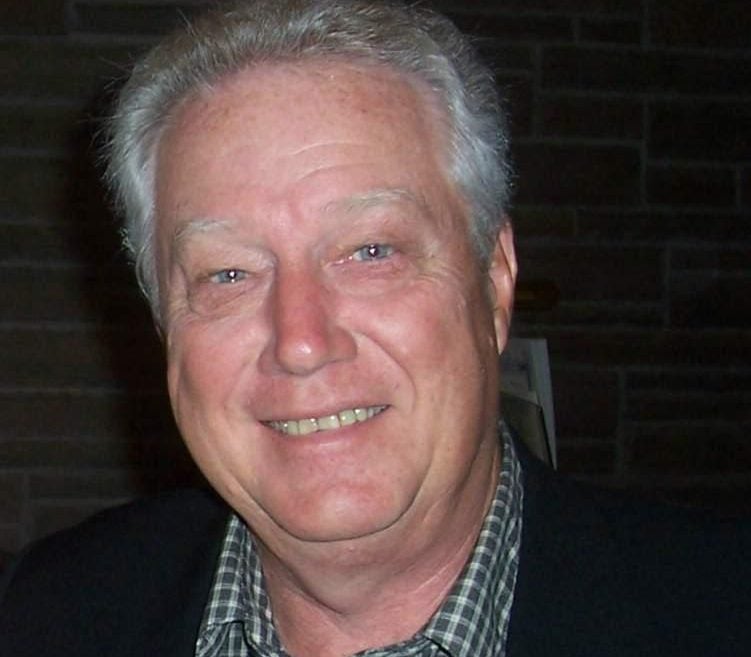The Nature Corner: Science camp
Published 8:36 am Saturday, August 3, 2019
By Ernie Marshall
Summer is here, with its hot and humid days, trips to the beach, watermelon and snow cones, fireworks for the 4th of July, and don’t forget work in the fields for farm kids. Also, for many, there is summer camp. We now have such a variety: music camp, baseball camp, church camp and so on. They are a lot of fun for the youngsters and a respite for the parents.
I have been helping with a science camp at the 400 acre site for A Time For Science located near Grifton for the past several summers. I thought I’d offer a report on how it’s going this season.
The camp is a weeklong day camp for elementary school age youngsters running through six weeks of the summer. The day is divided into hour long sessions covering a wide range of science subjects. I participate by teaching some basics of natural science, covering wildlife, plants and the environment. My format is a half hour of classroom (the “classroom” being a picnic shelter, our “blackboard” an 18 by 24 inch sketch pad) and a half hour walk on a nature trail with signs for points of interest.
One of our topics was “What does an owl eat?” To answer the question the kids dissected “owl pellets,” the undigested parts of an owl’s prey that it regurgitates. They did this by separating the pellets and attempting to identify to what animal the undigested fur and bones belonged.
I compared “owl pellets” to their cat’s “fur balls.” A feisty first grader delightedly announced that she plans to dissect her cat’s “fur balls” and share her finds with her mom, probably at supper time. Wonder how Mom will like that?
We also did a session on “Hazards of the Trail,” to discuss poison ivy, ticks, biting bugs and snakes. I included a quiz on separating venomous from non-venomous snakes. I displayed photos of snake species, and on the reverse side wrote a big red “V” for venomous or black “N” for non-venomous. There were four venomous and four non-venomous species. Of these one was an eastern coral snake, a small but quite venomous member of the cobra family (fortunately quite rare in North Carolina) and the look-alike harmless scarlet king snake.
But I didn’t get by some of my alert students with that, who piped up with the mnemonic “red meets yellow, kill a fellow.” The sequence of black, red and yellow bands on the coral snake have red and yellow bands touching one another rather than being separated by black bands as with coral snake “mimics” such as scarlet king snakes.
I compared “mimics” in nature, a harmless species resembling a dangerous one which serves to protect the former from prey and other tricks up mother nature’s sleeve, to two identical twin boys I knew when I was young. They would play tricks on their teacher such as taking tests for each other. A curly headed young lady asked if they would put down wrong answers for his brother just to trick him too. Hmm . . . Wouldn’t put it past those two rascals.
I dealt with wasps, ants and bees and paused to mention the insect so notorious for the painfulness of its sting that it has acquired such names as “cow killer.” It is called a “velvet ant” (actually a wingless wasp) and is large, “velvety,” and banded in black and orange. We actually spotted one crossing our trail in front of us — and kept our distance. Not everything pretty, such as coral snakes and velvet ants, is to be touched.
I also shared a simulation of sorts of the process of photosynthesis. It is that miracle of nature whereby plants turn carbon dioxide and water with the energy of sunlight into glucose molecules and oxygen. I cruised Target and other stores beforehand in search of suitable sets of Legos for assembling and reassembling molecules, but couldn’t find what I needed. So I collected the prickly “balls” fallen from sweet gum trees and spray painted some black for carbon atoms, others white for oxygen atoms and yet others blue for hydrogen atoms.
It worked out pretty well, getting our chemical equation to balance (so I did count out my atoms correctly), so I think they got the point. We made a minute-scale recreation of how plants and animals exchange carbon dioxide and oxygen and sugars and starches are created to undergird the entire animal food web, the system driven by plain ol’ sunshine. It boggles the heart and mind how perfect that global symbiosis is.
Lest you think our science camp was all work and no play, there was plenty more. The site is partly an abandoned sand mining operation where the pits have long since filled with water, creating suitable ponds for kayaking. This is another novel experience for many of the campers. And, of course, we do everything we can to make the learning fun. Science is an interplay of learning and adventure, whether it is finding what awaits under the log you just rolled over or traveling to the moon.
I dare not conclude without mentioning opportunities to spend time at the planetarium and observatory with a 16-inch telescope, both located on the Science Camp’s site. Being about twelve miles from Greenville, the major source of light pollution around, it is an ideal viewing site for the night sky. The planetarium offers various “shows” about the stars and planets, including an outstandingly realistic simulation of the night sky overhead, and guides a child’s wonder and curiosity among those myriad distant points of lights.
For more information about A Time For Science Nature and Science Learning Center or their Science Camp, visit their website or call 252-746-4470 or 252-531-7203.
Comments or questions about the column, contact the author at marshalle1922@gmail.com.
FOR MORE COLUMNS AND LETTERS TO THE EDITOR, CHECK OUT OUR OPINION SECTION.





